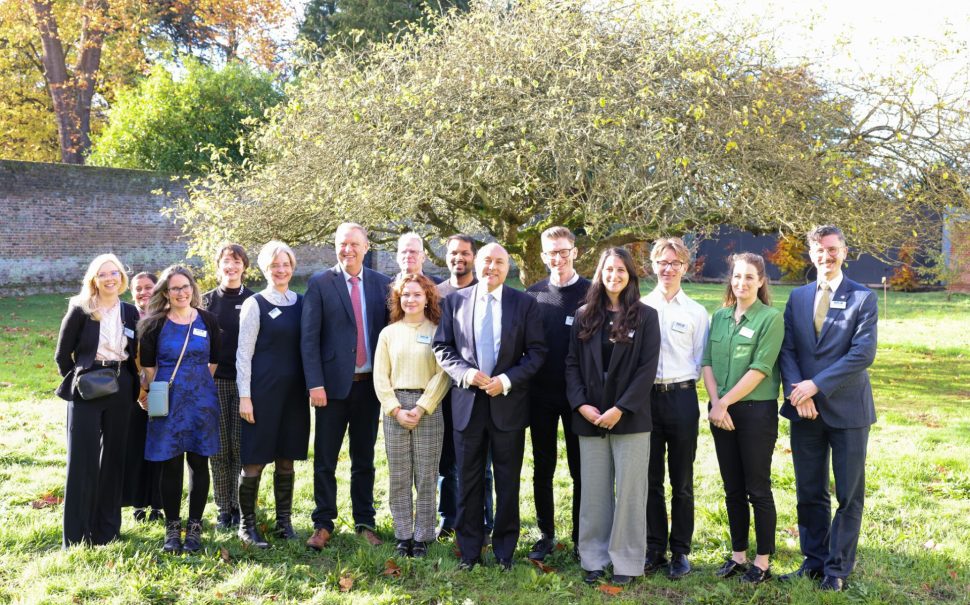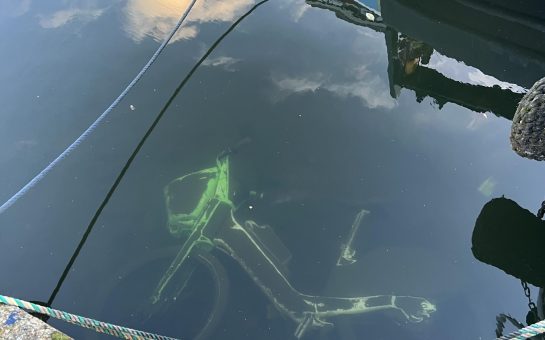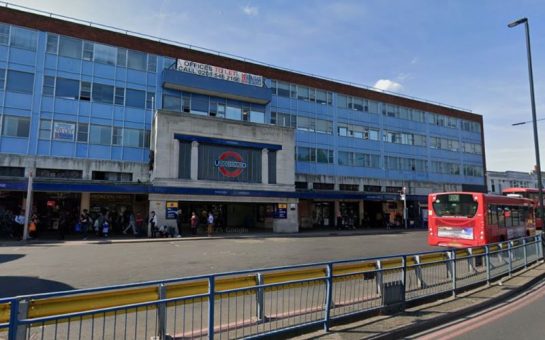The newly appointed Science Minister Andrew Griffith visited the National Physical Laboratory in Teddington after the government announced the Quantum Missions statement.
Five new Quantum Missions have been launched as a part of the goal to make the UK have the world’s most advanced quantum network by 2035.
In the National Quantum Strategy, the government committed to build on the UK’s £2.5bn Quantum Strategy.
A part of this investment is aiming to create plans to use quantum sensing applications in the NHS by 2030.
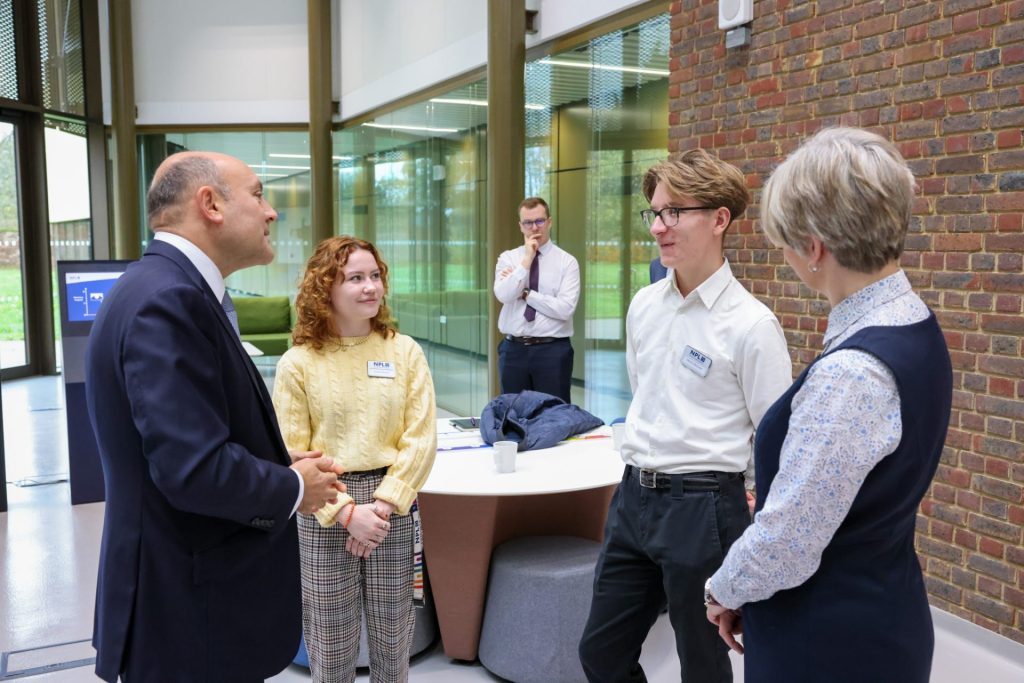
As his first official visit as Science Minister, Griffith chose to visit the lab to celebrate the opening of the Quantum Metrology Institute.
Griffith said: “I’m particularly excited about quantum and I chose to come here first because I think quantum is what we’re going to see an explosion of interest in day-to-day lives.
“It sounds very abstract but you can already see how it’s gonna affect a lot of people’s lives and the way we live.”
The National Physical Laboratory (NPL) is the UK’s leading National Metrology Institute (NMI) that develops and maintains the national primary measurement standards.
Some of their projects have included working with Formula 1 teams like McLaren on wind tunnel testing, and with the government to provide standard measurements.
One of their most interesting developments lately has been the quantum clock. It’s truly like no other – innovative technology has created a new and more accurate measurement of time. During the tour of the labs, the science minister could not control his excitement seeing one of the quantum clocks for the first time.
This groundbreaking optical atomic clock has potential uses for quantum sensing, synchronisation of high-speed networks, space science, and tests of fundamental physical theories.
As well as this, developments made could lead to redefining what a second actually is.
Emma Hayes, partnership director at the NPL said: “People come here because they want to make a difference, and we can absolutely do that.”
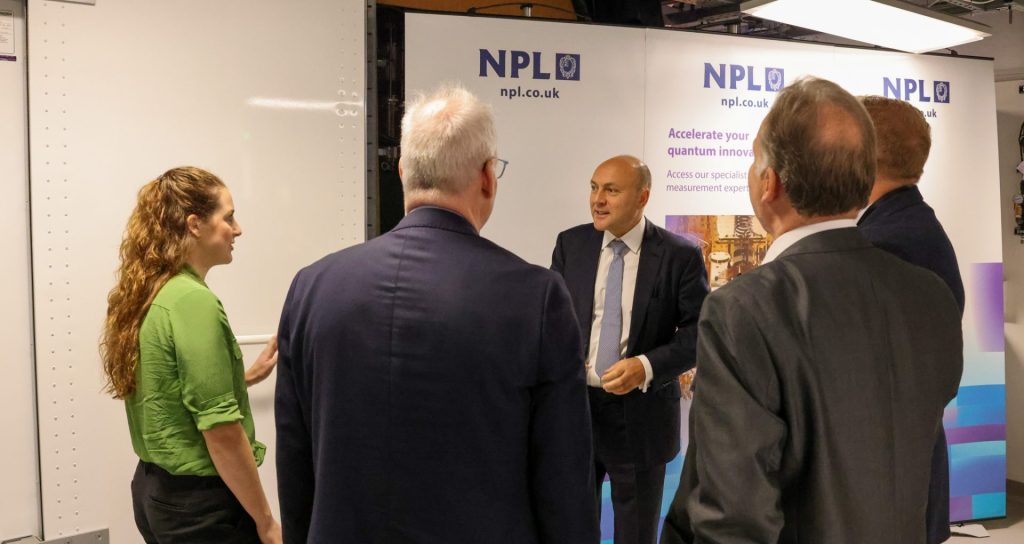
Griffith said: “What’s important for us to understand is about the applications of this technology. So whether it’s medical sensing or contributing to the fight against climate change”
“A lot of it is about where we put our research money and building fantastic physical centers where people can do their best work.”
Similar to the rise of AI in our daily lives, quantum technology is on the rise and could be on our doorstep soon.
With the work the NPL is doing, paired with the new Quantum Missions Strategy, we could be seeing a shift in the way technology is used.
The science minister continued: “We’re all going to benefit from practical technologies like quantum but what we need to do now behind those missions now is work with the sector plans in place.”
“The government has invested a billion pounds already in quantum since 2014 and now we’ve just come out and committed to another two and a half billion over the next 10 years.”
Some of the proposed missions aim to urge academics and industries to put more time and resources into utilising quantum technology in the NHS.
Some of the ways the NPL does this is by working with a range of clients applying metrology to things like artificial intelligence, telecommunications, engineering biology, and quantum technology.
